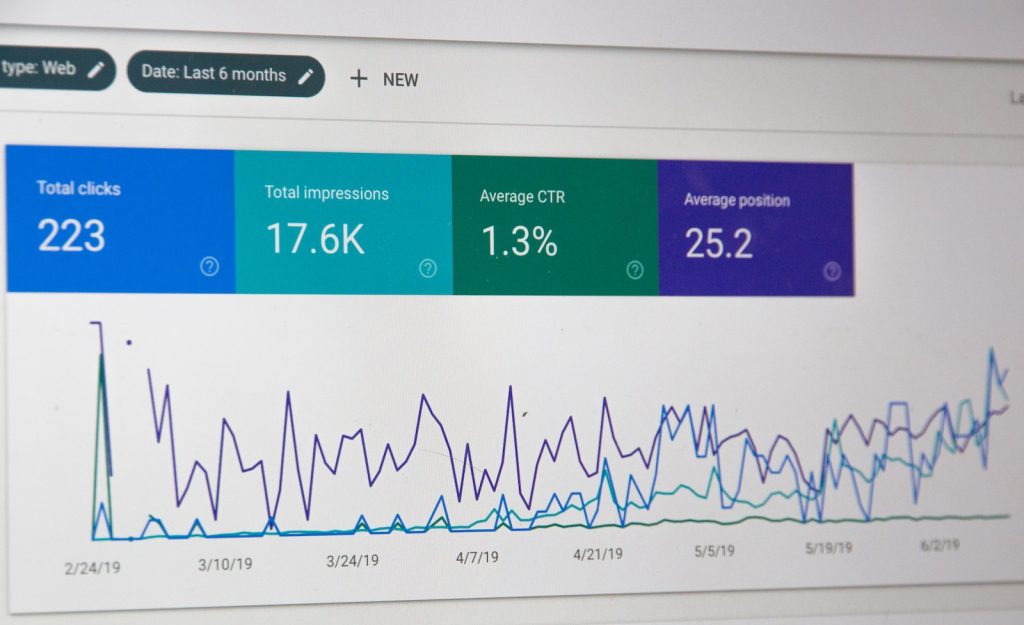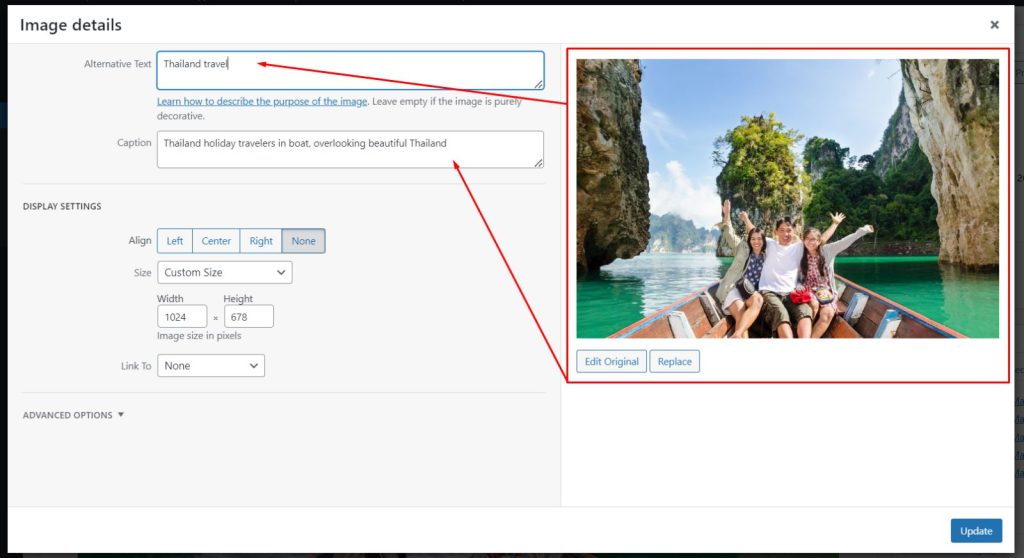SEO website audits help you discover insights that will enhance and increase visibility for your site, ultimately leading to lower load times and enhanced usability.
Repeated content across your site can be detrimental to SEO, leading to rankings decline and thus necessitating an audit tool with a duplicate content checker.
Content
Content on websites is key for driving quality traffic and turning that traffic into leads and customers, and an SEO audit should include reviewing this content to make sure keywords are appropriately integrated throughout. Length should also be considered, duplicated content removed as soon as possible and any redundant material reviewed and removed. Lastly, the design of the website must also be checked to make sure all pages can be easily accessible to ensure optimal user experience and maximize conversion rates.
As part of an SEO audit, it’s also crucial to examine a site’s internal linking structure. A more connected website tends to rank better; an audit can identify any broken links and redirect them accordingly; additionally, keyword performance must also be assessed during this stage.
An additional aspect to be reviewed is the number of “zombie” pages on a website, such as thin content or unpopulated category pages that could harm its ranking. Tools like SEMRush’s Site Audit can assist with this review process by helping identify these “zombie” pages and remove them from the index, thus mitigating their potential negative effect on ranking.
Structure
An audit should include reviewing how your content is structured and whether it is easy for visitors to navigate. Furthermore, consider whether all the contact details of your business have been uploaded and available on the website – especially important if you wish to generate leads through it. A successful website needs a strong SEO foundation.
Your page titles and descriptions play an integral role in its structure. Title tags must be short, descriptive, and accurate in order to attract more clicks and improve SERP rankings; meta descriptions must also include keywords people search for on Google; you should also consider how images on your website are labeled with text surrounding them.
Doing a competitor analysis as part of your website audit can also be very useful. Studying how competitors rank in search engine result pages (SERPs), and discovering ways to enhance SEO on your own site, allows you to capture more traffic and increase sales. In addition, having a strong data privacy policy on your website is crucial; make sure it stays up-to-date and meets with current data privacy regulations.
Usability
Design plays an integral part in user experience (UX), and how users interact with your site. Therefore, it is vitally important that you regularly assess its usability to make sure it satisfies user needs and the needs of visitors to your website.
UX (User Experience) is an umbrella term covering many aspects of your website. To achieve good UX, it’s important to make your website easy for visitors to navigate, make your content engaging and aesthetically pleasing and use some of the tools we mentioned earlier to audit your site quickly.
An important element of website usability that you should evaluate is page load speed. This has become more critical with search engines favoring websites with fast load times in their results pages. Google offers tools such as PageSpeed Insights that will allow you to assess the performance of your site.
Conducting a website audit is an integral component of any digital marketing strategy. It will enable you to identify any issues affecting SEO and user experience, providing tools and techniques necessary to fix them. Once complete, prioritize tasks to enhance the performance of the site as outlined by your audit results.
Technical SEO
As part of a technical SEO audit, you seek to identify any backend or technological issues with your site, so as to improve its performance and increase visitor traffic. This involves reviewing page speed, load times and Core Web Vitals before understanding HTTPS/HSTS header responses as well as content security policies or blocking external embeds via X-frame options for user safety purposes.
As part of a technical SEO audit, indexability assessment involves examining your website. A search engine’s crawl budget and access restrictions are taken into consideration to assess how easily your site can be crawled and indexed, using tools such as Screaming Frog to analyze log files and assess indexability as well as uncover obstacles for crawling and access.
Your website’s architecture and hierarchy should be easy for search engines to comprehend and interpret, making content easily discoverable by users and searchers alike. To make sure this happens, make sure your sitemap is easily created and updated through a CMS; this will ensure your keywords rank highly while searchers find the pages they need easily.
Before conducting an SEO strategy audit, it’s a good idea to conduct a competitor analysis to understand how their competitors are drawing traffic and ranking for keywords you are targeting. Doing this can help uncover new opportunities while sharpening up your SEO approach.



